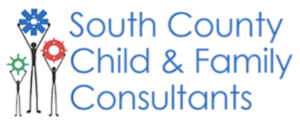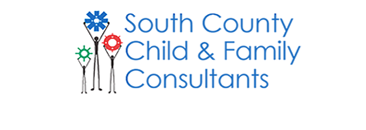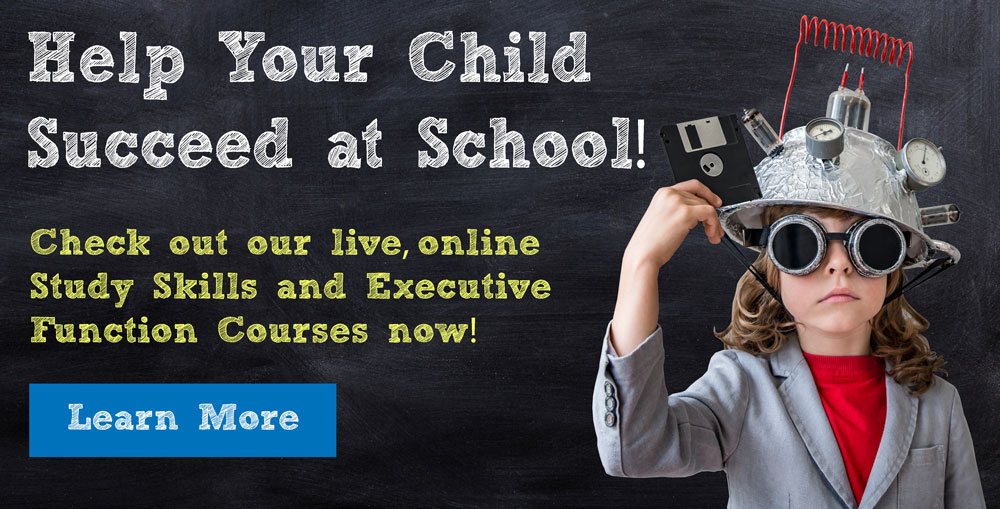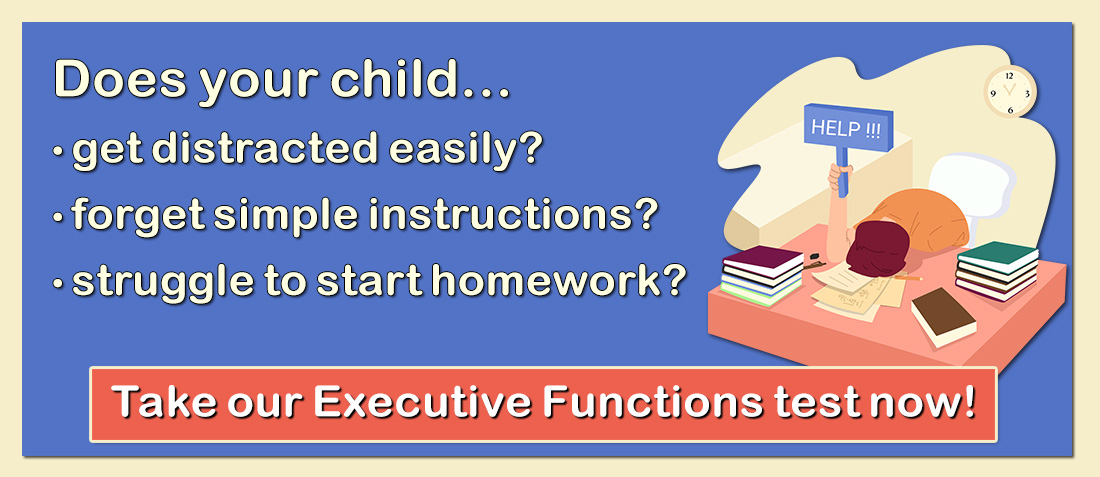
1058 Kingstown Rd. Wakefield, RI 02879
Phone: (401) 789 – 1553
evals@sccfc.net
southcountychildandfamily.com
Study Skills for Teens and Young Adults
Difficulty with attention, executive functions, or learning makes high school and college even tougher than they already are. In addition, many young people do not really know how to study and assume that if they just reread books and notes or underlined what is important, they will learn the material and do well on tests. Putting a lot of time into this type of studying might help you remember some things for a test, but you will probably not really learn the material. Fortunately, there are study strategies that can help with test-taking and actually learning the material you have studied.
Here are some of the best study skill hints for teens and college students:
Study wisely. Some widely used study techniques are not found to be very effective. These include summarization (writing summaries of text), highlighting and underlining (marking important portions of material while reading), keyword mnemonics (using keywords and mental imagery), imagery for text (forming mental images of text material while reading), and rereading (restudying text material after initial reading). While each of these may be helpful to some students, they do not appear to be as effective when used in isolation.
Instead, use proven study methods. Studies have determined specific techniques that are most likely to help in remembering what has been studied and effectively applying these on tests and in other areas. Here are five proven effective methods of studying:
- Elaborative interrogations – Essentially, ask the question “why” and attempt to answer this while you are studying. This forces learners to elaborate on their understanding of the facts. Try to find the essential answer very quickly and then, if necessary, the supporting evidence. This may not work as well with very complex systems of information but could be the best way to recall specific facts or connections among facts.
- Self-explanation – Explain how new information is related to already known information and enumerate the steps taken to solve a problem. This is a common method for teaching math (where the explanation is often as important as the answer) and is also how many history texts are written. Self-explanation may work best when studying an unfamiliar topic. Provide an explanation while solving each step of a problem (in math, stating why you are performing each operation and what your answer is; in history or English, explaining about some of the previous knowledge you had and how you came to a particular conclusion).
- Practice testing – Quiz yourself by using flashcards or with a friend. Practice tests by looking at questions found at the end of textbook chapters, taking quizzes that are available on electronic supplements that accompany your textbook, or going to a study website that features crowd-sourced flashcards and quizzes. Practice can help with mentally organizing information and improving retention and recall of material.
- Distributed practice – Distributed practice is the opposite of cramming. The human brain must see something repeatedly over time in order to commit it effectively to memory. While cramming is better than not studying, studying an hour a day for a week works better. Spacing out readings and self-testing means repeatedly needing to recall what you have learned and connecting it to other material over time (engaging long-term memory). Cramming uses short-term memory, reducing the chance for understanding material and adding it to your knowledge bank.
- Interleaved practice – Mix it up by practicing different kinds of problems or material in a single study session. Practice both geometric areas and algebraic equations while studying math, write an essay (as you have been practicing in English) on a particular chapter of your history text, or put vocabulary words into grammatically correct sentences while studying a foreign language. Interleaved studying is believed to be so helpful because it presents problems the way they would appear on tests (and in real life) and promotes organizational processing, permitting comparison of different types of problems and practicing different problem-solving methods.
Learn how your brain works to get better at studying. Check out this great video by ASAP Science (https://bit.ly/2MWl1gX).They also made a really interesting video about hacking your brain (http://bit.ly/2x2ZGHO).
Study by using flashcards. Flashcards are helpful because you learn to associate an answer with a particular question and can have the cards presented to you in a random order. They also give immediate feedback. Quizlet (http://bit.ly/2KZ5RVt) is an online flashcard study site where users can make their own flashcards.
Learn by teaching others. One of the best strategies for studying is to teach others what you know. Reviewing material before teaching it to someone could help you know it better than you did before, especially since you need to explain the information to others in a very clear fashion.
Type to summarize what you want to remember. Instead of handwriting as you read, take notes on Google docs or another cloud-based word processing program. You could then go back and change or move what you have written. Typing allows for figuring out and summarizing what is most important.
Reviewing (not studying) new material before sleep may enhance recall. Studies have demonstrated that reading over material 15 minutes prior to going to sleep allows the brain time to absorb the information and increases recall of that information the next day. However this can lead to more intensive studying being associated with the bed, thus interfering with the sleep necessary to think the next day. Reserve the 15 minutes prior to sleep to previewing material previously studied, not for learning new material. Check out this link for the research (http://bit.ly/2Ffes2M).
Record or “parrot” a lecture to transcribe into notes with a dictation program. This can help students who like to be able to listen to a teacher and then comment on their own notes. Create an electronic recording of a lecture with a digital voice recorder that one can transfer to a personal computer. Then use dictation software such as Dragon Dictation to create a set of notes from the lecture. Users need to employ a technique called “voice writing” or “parroting” parts of the lecture to other recordings and wear hear headphones to listen to the recorded lecture. This technique can also be helpful as part of the process of studying for an exam, as users need to listen to the lecture again, put a professor’s lecture into their own words, and think about what is most important, connecting the ideas in the lecture to other knowledge and things they have read.
Get proper rest before important testing. Getting enough sleep can be problematic for many teenagers and young adults but has been linked to improved performance on tests and in sports. Take charge of your sleep by planning so you can get your studying done to ensure you have adequate time for rest.
Master dictation tools to help with academic performance. Dictations skills require far more than having access to Dragon Dictation, Siri, or other speech-to-text apps. Once you have learned to speak clearly and mastered some of the basic nuances of a dictation system, you will need to learn how to use the dictation app to put ideas into writing. Repeated practice in using dictation can help you to work efficiently, generate ideas more freely, and improve written communication skills. Basic dictation competency (http://bit.ly/2IpLK15) requires mastery of the apps (knowing how to talk and edit); the use of dictation to generate lists, ideas, and notes; and learning to use dictation as a tool for written expression (transforming speech from a conversational mode to one that includes written expression, complete sentences, and organization of thoughts). Check out this video: http://bit.ly/2WQdtvR.
Record a lecture and then transcribe it into notes with a dictation program. One of the best techniques for studying is to ask questions and comment on or connect what one had learned to something else. Create an electronic recording of a lecture that can be transferred to a personal computer using a digital voice recorder, a computer that records, or an app such as Notability (http://bit.ly/2MV1T2A). Once the recording is transferred to the computer, use dictation software such as Dragon Dictation to make a set of notes from the lecture, then listen to the recorded lecture and use your dictation software to make your commentary. This can also be very helpful as part of the process of studying for an exam because it forces you to listen to the lecture again and put the teacher’s lecture into your own words. It also requires thinking about what is most important and connecting the ideas in the lecture to other knowledge and things you already know.
Learn test-taking techniques. Preview tests before starting in order to understand how they are structured and help in determining how best to use the allotted time. Read the directions carefully and ask the teacher to explain anything you do not understand. Look quickly at the entire examination to see what types of questions are included (multiple choice, matching, true/ false, essay) and, if available, the number of points for each to help with pacing. Skip questions you are not sure about and return to them later towards the end of the exam.
Use vigorous physical exercise as a tool for homework completion. Take a 5- to 10-minute exercise break in between lengthy assignments to do something physical such as running around the house, doing a set of push-ups or sit-ups, running up and down the stairs, or taking the dog out for a short walk. Exercise increases the production of a brain protein that improves focus and learning.
Receive online class information and helpful tips from Dr. Randy Kulman's LearningWorks for Kids |




